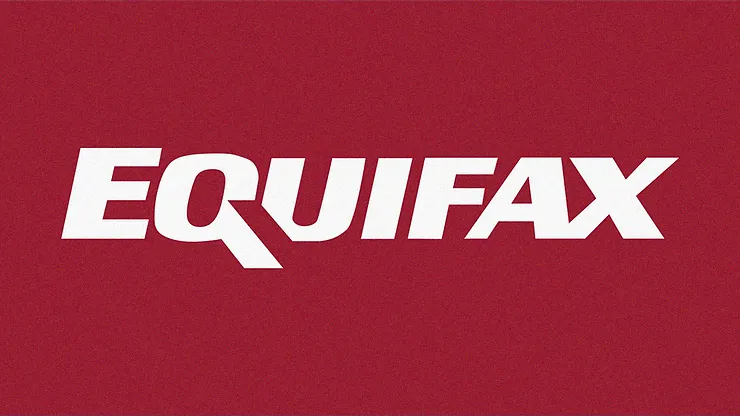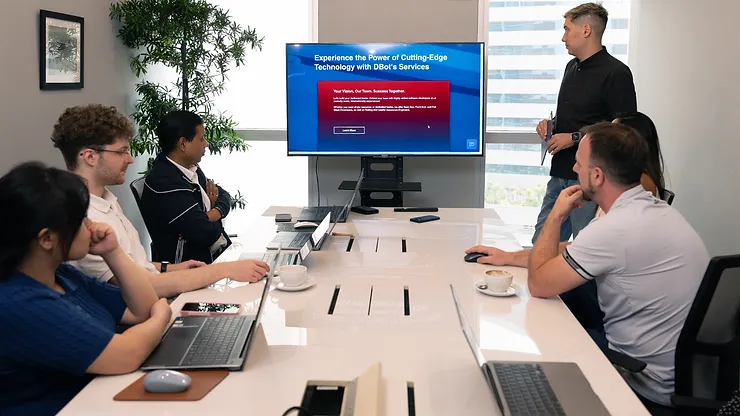Legacy systems are often thought of as “reliable workhorses,” but in today’s rapidly advancing technological environment, relying on outdated systems comes with significant risks. These older systems often lack critical security updates, leaving them vulnerable to breaches that can result in severe data loss, financial damage, and even harm to an organization’s reputation.
In this article, we’ll look at five high-profile cases where legacy systems were compromised and what went wrong. These examples highlight the importance of modernizing your infrastructure and adopting proactive security measures.
The 2017 WannaCry Attack on the NHS

The Incident
In May 2017, the UK’s National Health Service (NHS) was one of the largest organizations hit by the infamous WannaCry ransomware attack. The attack exploited a vulnerability in Windows XP, a legacy system still widely used within the NHS despite Microsoft no longer providing security updates.
Impact of Compromise
The breach caused major disruptions across the NHS, resulting in the cancellation of over 19,000 appointments and an estimated £92 million in losses. Critical services were delayed, with many hospitals unable to access patient records.
What Could Have Prevented It
Regular software updates and a comprehensive modernization plan would have reduced the NHS’s dependency on outdated systems, protecting them from such vulnerabilities.
The Equifax Data Breach

The Incident
In 2017, Equifax experienced one of the most devastating data breaches in history, exposing sensitive information of 147 million Americans. The breach occurred because Equifax had failed to patch a known vulnerability in an Apache Struts web application, which was part of their legacy system.
Impact of Compromise
The breach led to nearly $700 million in fines and settlements, damaging Equifax’s reputation and trustworthiness as a credit reporting agency.
What Could Have Prevented It
Had Equifax kept its legacy systems up-to-date with the latest patches, the breach might have been avoided. Regular vulnerability scanning and patch management are essential components of IT security.
U.S. Government’s OPM Hack

The Incident
In 2015, the Office of Personnel Management (OPM) was hacked, compromising the personal data of 21.5 million government employees. A major factor in the breach was OPM’s reliance on outdated legacy systems that didn’t have adequate encryption or modern cybersecurity measures.
Impact of Compromise
This breach exposed highly sensitive information, including fingerprints and background checks. It is considered one of the largest cyber-attacks targeting government infrastructure in U.S. history.
What Could Have Prevented It
The adoption of modern encryption standards and the replacement of outdated infrastructure could have significantly reduced the risk of such a breach.
Atlanta Ransomware Attack

The Incident
In 2018, the city of Atlanta was brought to a standstill due to a ransomware attack on its legacy systems. Hackers targeted outdated Windows servers, demanding a $51,000 ransom to restore access to vital services such as public safety, water, and even court systems.
Impact of Compromise
The city refused to pay the ransom, but recovery efforts cost over $17 million. The attack crippled Atlanta’s ability to deliver basic services for days.
What Could Have Prevented It
A proactive approach to upgrading IT systems and stronger disaster recovery planning would have helped the city mitigate the impact of the attack.
The Heartbleed Vulnerability in OpenSSL

The Incident
The Heartbleed bug, discovered in 2014, was a vulnerability in the OpenSSL cryptography library. Although not specifically tied to a legacy system, many organizations were running outdated versions of OpenSSL, which made them particularly susceptible to the vulnerability.
Impact of Compromise
Major companies like Yahoo and GitHub were affected, exposing sensitive information such as login credentials and encryption keys. The vulnerability highlighted the danger of relying on outdated or unsupported software components.
What Could Have Prevented It
Timely patching and updating of OpenSSL could have mitigated the effects of Heartbleed. Regular code audits and penetration testing are also crucial for identifying such vulnerabilities before they can be exploited.
Why Legacy Systems Being Compromised Are a Threat You Can’t Ignore
From high-profile data breaches to costly ransomware attacks, legacy systems present a significant security risk to any organization. The examples above highlight how failing to modernize these systems can lead to devastating consequences, both financially and operationally.
At DBot, we specialize in helping businesses modernize their legacy systems, ensuring they remain secure, efficient, and adaptable to new technologies. Don’t wait for a breach to happen, get in touch with us today to explore how we can safeguard your infrastructure.






